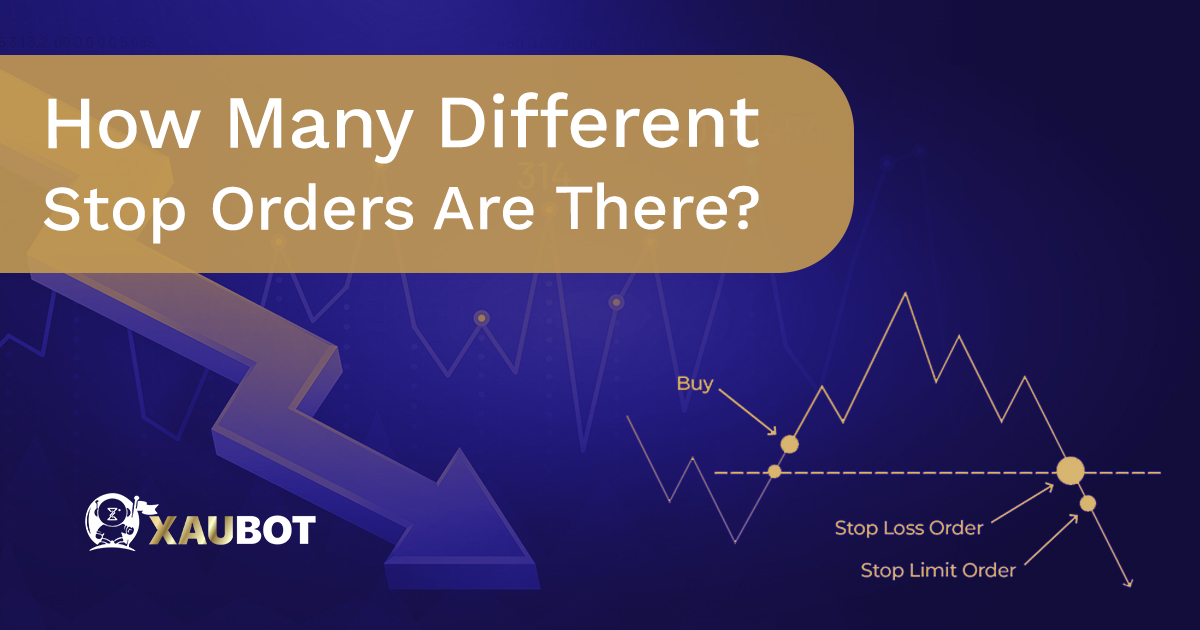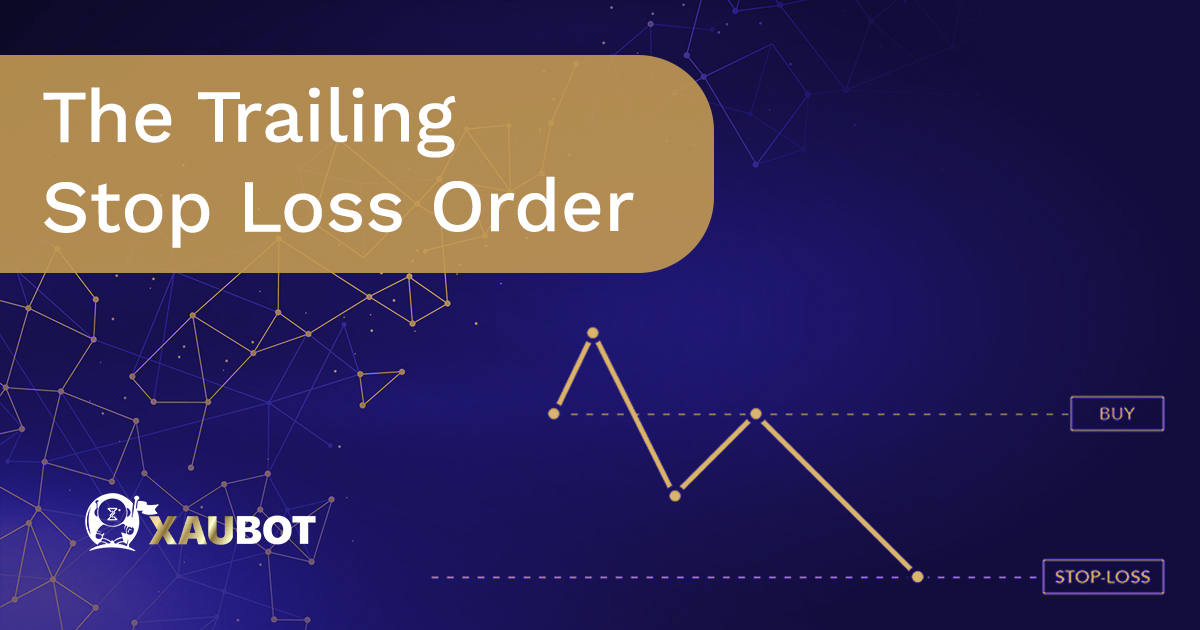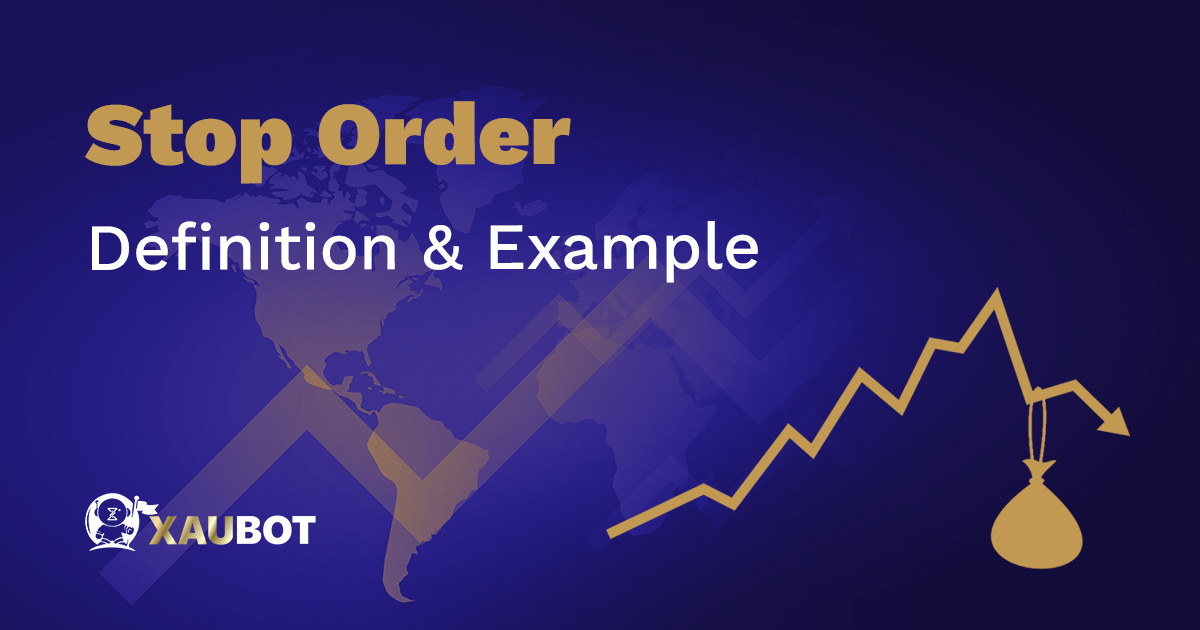Here we have one of the most fundamental orders across all financial markets and of course our beloved foreign exchange market: the one and only, stop order.
The reason we say a fundamental order is that there are many orders that are beneath the category of several other orders. They are either made up of them or they are a portion of them or an extension of them. But a stop order is among the three fundamental orders found in the financial market, that are market order, limit order, and the stop order itself.
We want to dedicate this article to the stop order and everything about it – what exactly is it? How do they function? Are there different types of stop order? Examples and much more.
What Is a Stop Order?
Here we can provide a basic definition of the stop order. And the reason we specified that definition as “basic” has to do with the fact that there is not a simple form of stop order. In fact, there are different forms of stop orders in the market and other orders that incorporate this order wholly or partially.
But in its essence, a stop order is a directive issued by the trader to specify a threshold of price that acts as a trigger for the order. In other words, this threshold is the activation point for the order. After this threshold is broken through, the order is activated.
Therefore, the most basic purpose and use of this type of order is to be implemented as a risk management tool in various financial markets including forex.
There are different types of stop orders that we want to discuss shortly. But first, let us mention a crucial pillar of any stop order.
Always Moving with the Price Movement
There is a distinct characteristic of the stop order that ought to be pointed out here. It actually makes up for a lovely phrase, in that the stop order always goes with the motion. That is, of course, the motion of the price in the market.
What does it mean? Well, in simple terms, it means that the trajectory of this order is the same as the trajectory of the price in the market. Let us clarify that further with the help of an example.
There are two main ways to go within any financial market. You either buy or sell. So let’s suppose each one with its stop order. If the stop order is to sell, then the order is always placed lower than the currency standing prices of the market: i.e. it moves with the direction of the price not against it.
As such, if the stop order is to buy, then the order is always placed above the current prices at the market in order to ensure that again the direction of the order is the same as what hopes to occur with price movement and not against it.
This is one of the most distinguishing features of the stop order.
How Many Different Stop Orders Are There?

How Many Different Stop Orders Are There
To answer this question, one must first specify the exact line at which we distinguish the meaning of an order on its own. There are certain orders that wholly or partially incorporate the stop order and its features.
But orders that are wholly about this order are three orders which are discussed below.
The Stop Loss Order
This is where we have the notion of a stop order in its rawest form. The stop loss order is just that. The foundation of this order is a tool or method in order to help traders avoid losses. Or at least losses that would sustain too much detriment to your assets, over which it would be impossible for you to remain in the market.
In such situations you put a stop loss order in order to make sure that when prices fall, for instance, to a certain point, your position is closed automatically and you do not incur losses beyond your threshold.
The way you specify the stop loss order will ultimately depend upon the assets or equity that you have at your disposal. However much more you can risk the lower the stop loss order can be. But if you are a particularly cautious trader and want to protect your assets even further, then you might want to place a higher stop loss order.
Stop loss orders are best for traders who do not want to monitor the market constantly in order to track changes and adjust their position accordingly. They can place this order as an assurance for even when they are not present at the market.
The Stop Entry Order
As the name suggests, the stop entry order is the trigger for the start of a position not the end of one. So in this case, you want to place the order in the same trajectory of the market as it was explained earlier.
For instance, if you want to go long, or buy an asset or a foreign exchange pair in the forex market, and you suspect that prices are going to move higher, then you place your stop entry order a bit higher than the currency market price or the highest market price that has been recorded recently, i.e. the resistance level.
This way when the threshold is hit, it triggers or activates your trade in order to ensure that you will gain maximum profits from your position.
The Trailing Stop Loss Order

The Trailing Stop Loss Order
The trailing stop loss is a great order in order to make sure that your long position does not incur losses and also that you are not too cautious that you lose potential profits.
So it is kind of the best of both situations. It helps you prevent losses and it also helps you not to miss potential profits.
You can set your trailing stop loss in accordance with prices and according to your own calculations.
For instance, if you purchase a share at 100 dollars and it is trending upwards, so you think the price will appreciate in value, and it in fact goes up to 105 dollars, you can place a trailing stop loss at about 3 dollars, for example.
This means if the price goes to $105, then your stop loss would be $102, making sure that is the most you are willing to lose before you stop your position.
Naturally, because the stop order is a trailing one in nature, if prices move higher so does the stop order, but always staying away from the highest price recorded by the distance you have specified for it.
So for instance, if in this case prices go as high as 120 dollars, your trailing stop loss will be placed at $117.
Conclusion
Stop orders are among the most widely applied orders in financial markets. They can help provide traders with a great way to manage their risk and avoid losses. There are three main types of stop orders, which are stop loss orders, stop entry orders, and trailing stop loss orders.

1 Comment
Everything is very open with a very clear explanation of the
issues. It was truly informative. Your site is extremely helpful
Thanks for sharing!